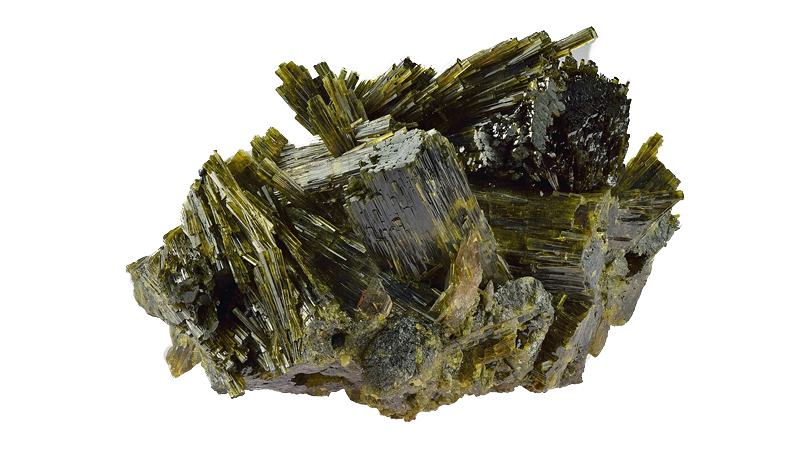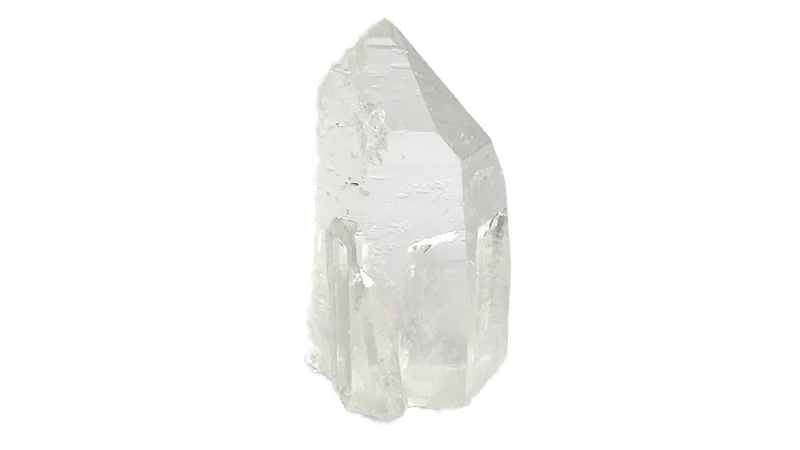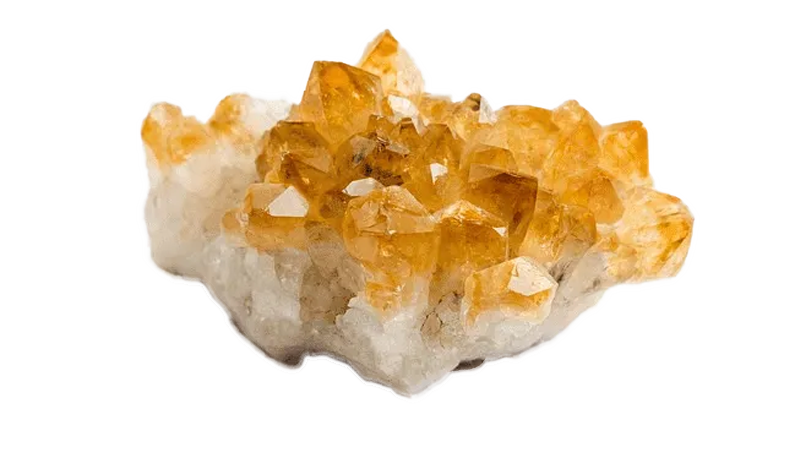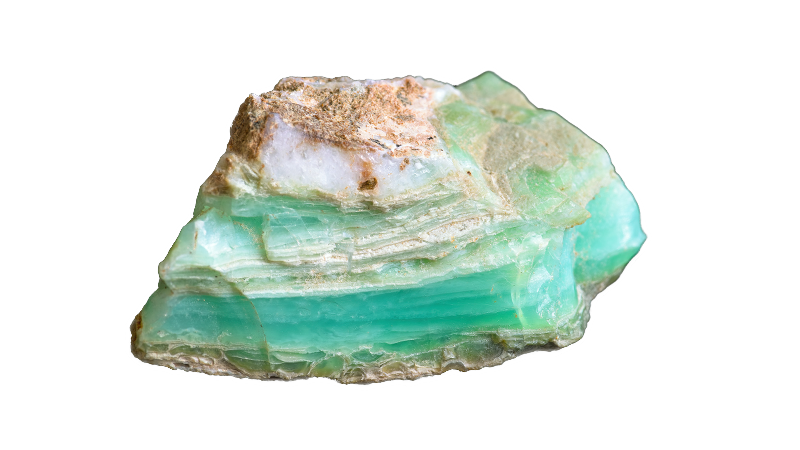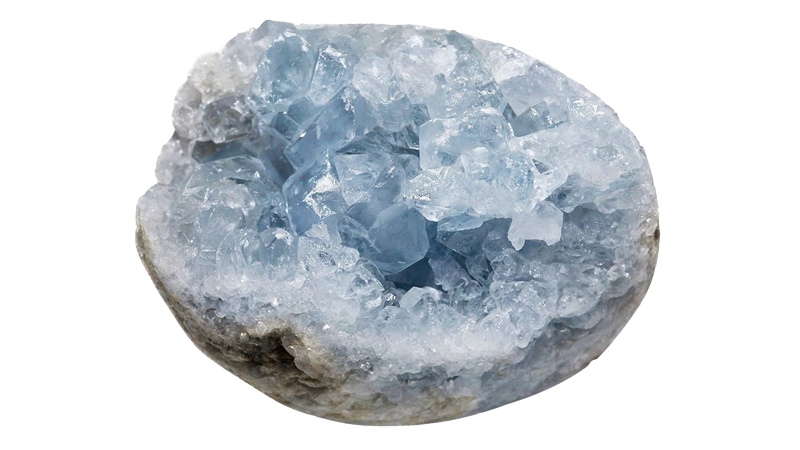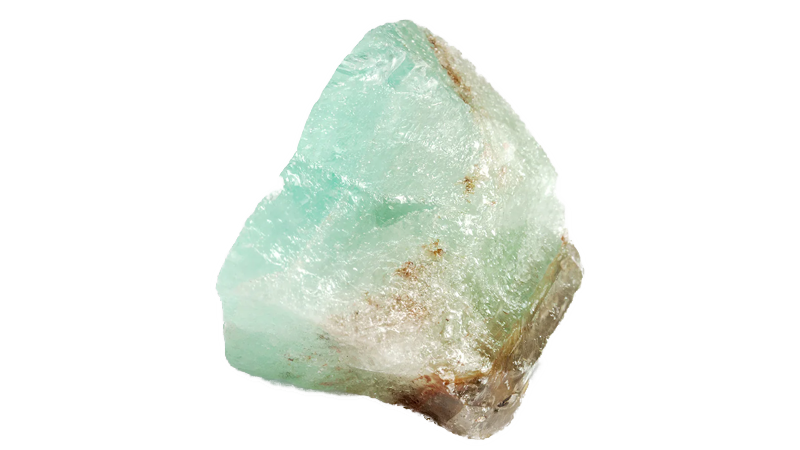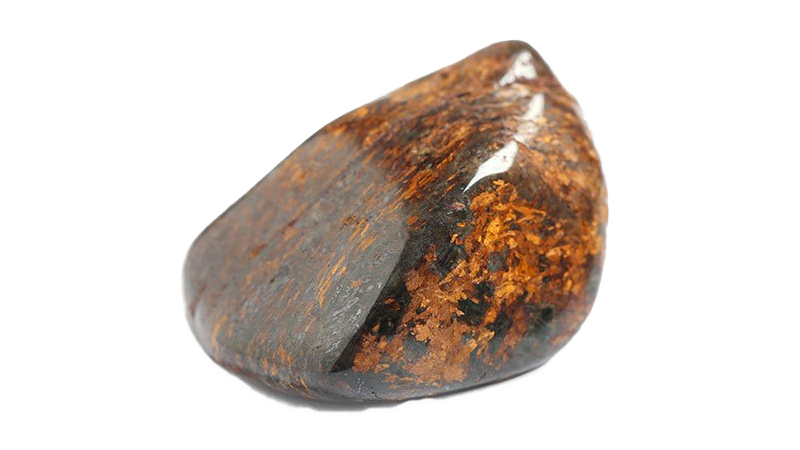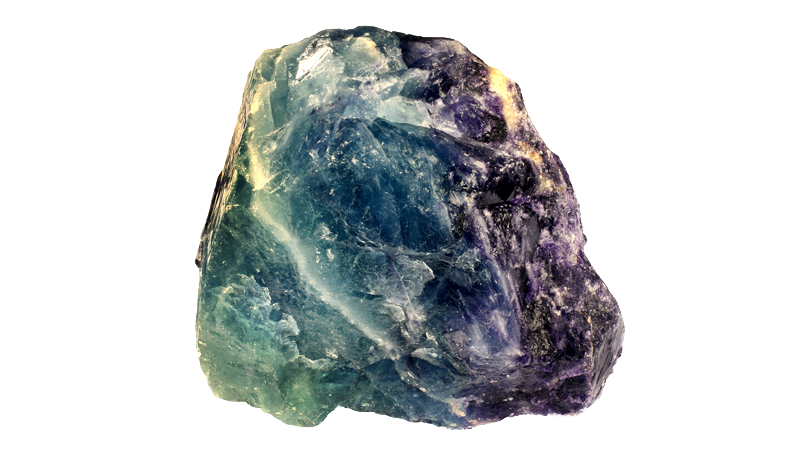
Fluorite Meaning
What is Fluorite? Fluorite is a colorful and highly sought-after mineral known for its wide range of vibrant colors, including purple, green, blue, yellow, and clear. This halide mineral is composed of calcium fluoride (CaF₂) and often forms in cubic or octahedral crystals. Fluorite is found in various geological environments, including hydrothermal veins, sedimentary rocks, […]

